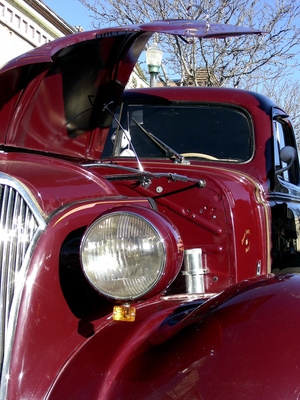
An oil pump is an essential part of your vehicle, as it aids in keeping the moving parts of your vehicle well-lubricated and running smoothly. Having problems with your oil pump can have detrimental, even catastrophic, effects on the operation of your vehicle. It is therefore important that any problems are diagnosed early, because a late diagnosis may cause permanent damage.
Check your dashboard every time you accelerate or slow down. There are warning lights on the dash board that light up in yellow or red if there is a problem with the vehicle; if there is a fault with the oil pump you will notice a symbol of a flashing "pot" or oil can.
Open the hood of your vehicle and check the oil. Do this by locating the dipstick; the dipstick is usually located in the middle of the engine; it is a thin and long piece of metal protruding from the engine with a ring around the end that is typically bright in colour, or it will have the word "oil" written on it.
Pull the loop and pull the stick all the way out; use a clean rag and completely wipe the oil off the stick. Replace the clean stick by pushing it all the way down and then lift it out again. Inspect the stick for the oil markings, if the oil is below the line marked "full" the oil pump may have a crack in it, it may have dirt trapped in it or another problem.
Listen for any noises that sound like rattling or whimpering originating from the engine. The engine will lose oil pressure if the oil pump is damaged; the noises indicate that there is a problem that needs addressing.
Look underneath your car after it has been parked for a while. If there is a large amount of oil on the ground this may be an indication that the oil pump is damaged. It is certainly a sign of necessary repairs.
Visit a mechanic, he will have to check over your vehicle to determine whether the oil pump is damaged or not.